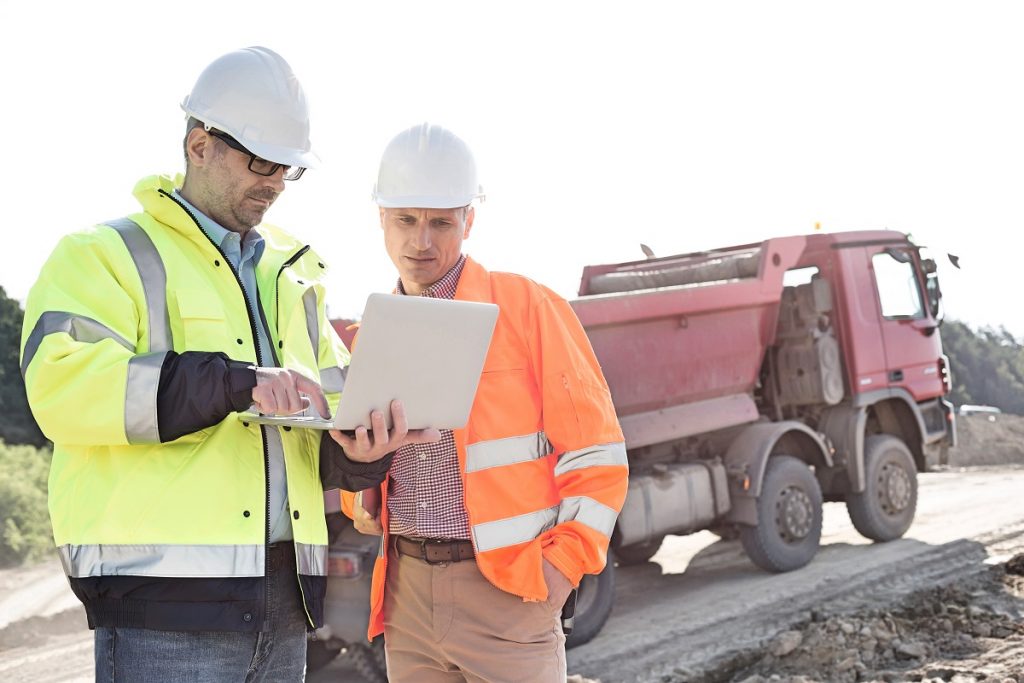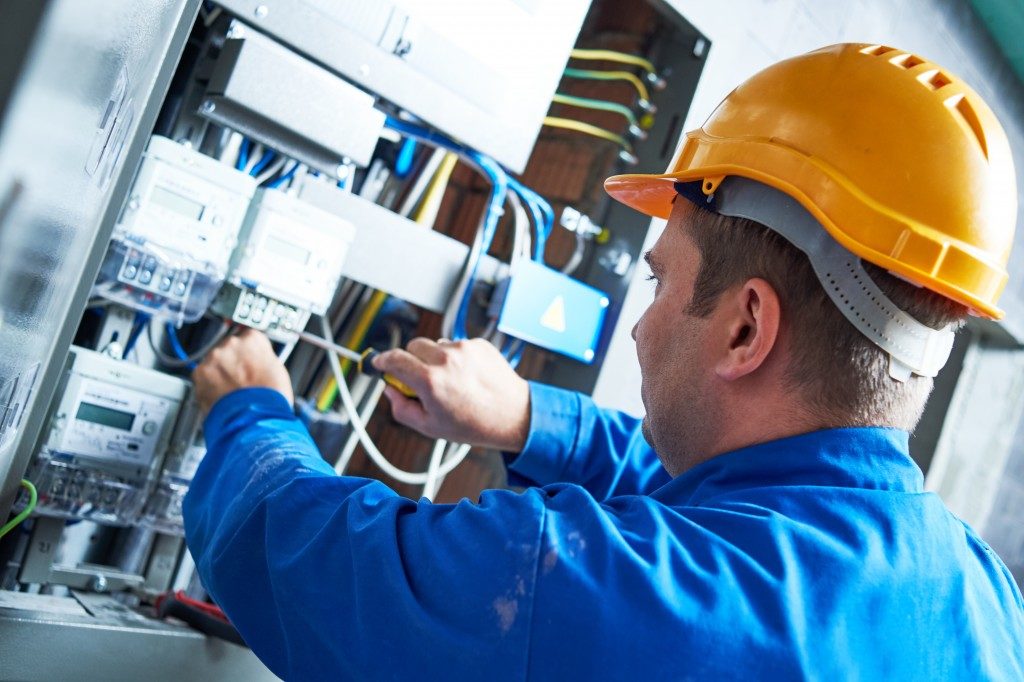- Pre-construction risk assessment helps to identify and control potential hazards on site.
- Proper training in equipment use and PPE is essential for the safety of employees.
- Regular safety meetings can address safety concerns and reinforce protocols.
- Effective communication ensures everyone understands the dangers of not following safety procedures.
- Supervision must be maintained to ensure safety protocols are followed no matter the circumstances.
The construction industry is one of the largest and most important sectors of the economy, but it’s also one that poses a significant amount of risk to employees and contractors working on the site. Hundreds of workers die yearly from construction site accidents and other workplace hazards. Despite the dangers, construction is still needed to cater to society’s growing infrastructure and development demands. Those responsible for managing a construction site must prioritize safety and implement a successful safety program for everyone onsite.
This article will cover some best practices for protecting everyone on a construction site.
1. Pre-Construction Assessment
A pre-construction risk assessment is a crucial aspect of safety in construction. Before starting any work, it’s essential to identify potential hazards on a construction site and to implement a preventative plan. This assessment prepares everyone for potential hazards or unexpected situations, ensuring the site is more secure. The evaluation should include the following:
a. Identifying potential hazards
Different areas of the construction site can present different risks. An assessment should be done to identify any potential hazards or obstacles that may arise, such as exposed electrical wiring, slippery floors, or heavy objects that can fall.
b. Evaluation of existing control measures
Once potential hazards are identified, the assessment should also evaluate the existing control measures to ensure they effectively prevent accidents. Some actions can include using protective equipment, proper signage, and barricades.
c. Establishing safety protocols
Of course, it’s not enough to just identify and control potential hazards. Safety protocols should also be established that will help ensure the safety of everyone working on the construction site. This can include implementing a zero-tolerance policy for safety violations, regular safety inspections, and ongoing training on best practices and protocols.
d. Establishing an emergency plan
Finally, having an emergency plan in place is a must for any construction site. This should include the location of first-aid kits, fire extinguishers, and any other emergency equipment needed in case of an accident. The plan should also detail the proper procedures to follow in an emergency.
2. Proper Equipment Use
Improper use of tools, equipment, and machinery can lead to injuries and fatalities. Workers must have the proper training for equipment use, understand the manufacturer’s instructions, and apply workplace procedures for performance and safety. It’s necessary to ensure that equipment is maintained regularly and inspected before use to identify potential risks, defects, or malfunctioning. The equipment must be labeled with warnings to avoid misuse, and workers must have the necessary safety features.
For example, working in high places requires appropriate fall protection. Ensuring you have high-quality fall protection equipment and that it is properly installed is a must. This includes personal fall arrest systems, guardrails, safety nets, and warning lines. You should also train workers to understand the risks and how to use the equipment properly.
3. Personal Protective Equipment (PPE)
Personal protective equipment (PPE) is essential in preventing injuries and fatalities in a construction site. PPE includes hard hats, safety shoes, safety glasses, earplugs, gloves, safety vests, and more. Every worker must wear proper PPE when performing tasks that pose a risk. PPE should be regularly inspected and replaced to ensure it functions correctly. Supervisors must emphasize the importance of PPE and ensure that every worker is wearing it.
4. Communication
It’s essential to communicate effectively on a construction site. This includes ensuring everyone knows the potential hazards and risks and the safety protocols that must be followed. Regular safety meetings should be conducted to review any new protocols, equipment requirements, or changes in the construction site. This is also an excellent time to address safety concerns and answer questions.
5. Supervision
Finally, proper supervision is necessary to ensure that safety protocols are followed. Supervisors and managers must monitor the construction site to ensure workers follow safety rules and use the right equipment. Calling out any violations and having zero tolerance for violations can help to reinforce the importance of safety.
The construction industry can be demanding and resource-intensive, but safety should always be a top priority. The best practices outlined in this article will help to ensure that everyone on the construction site is safe and secure. Proper planning, risk assessment, equipment use, PPE, communication, and supervision can manage the risks associated with construction effectively.




